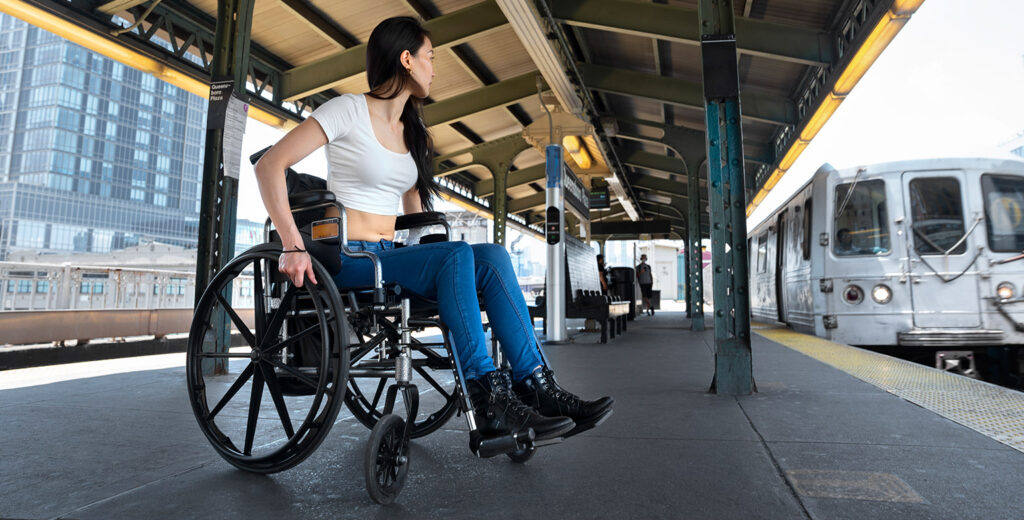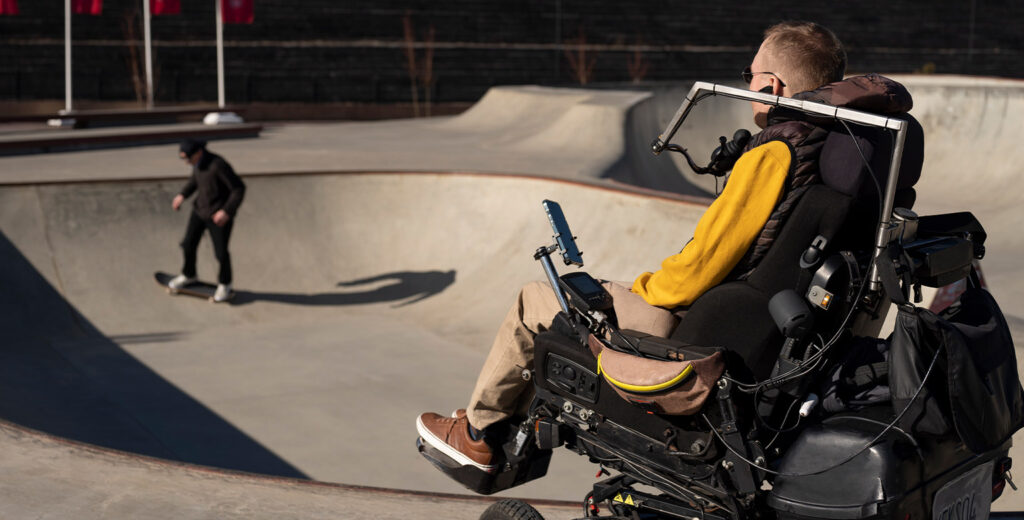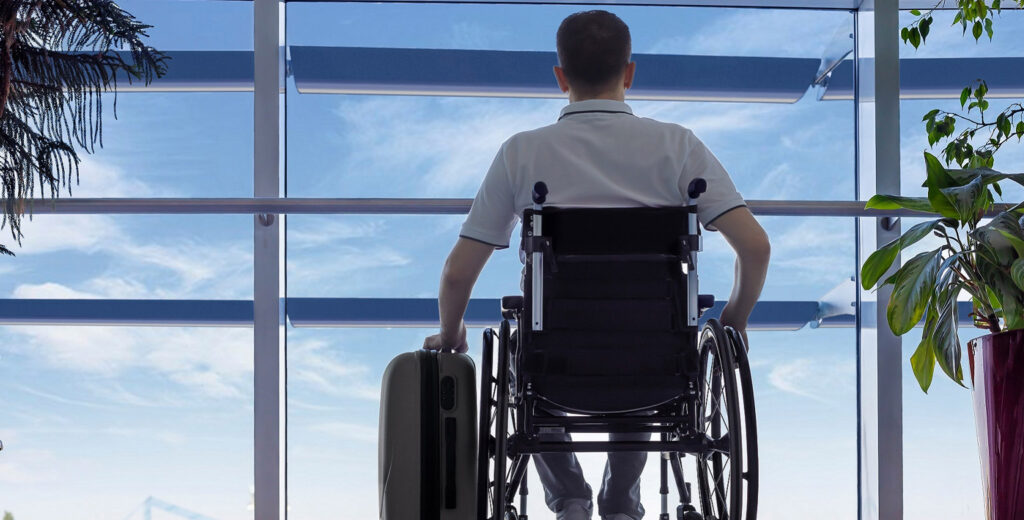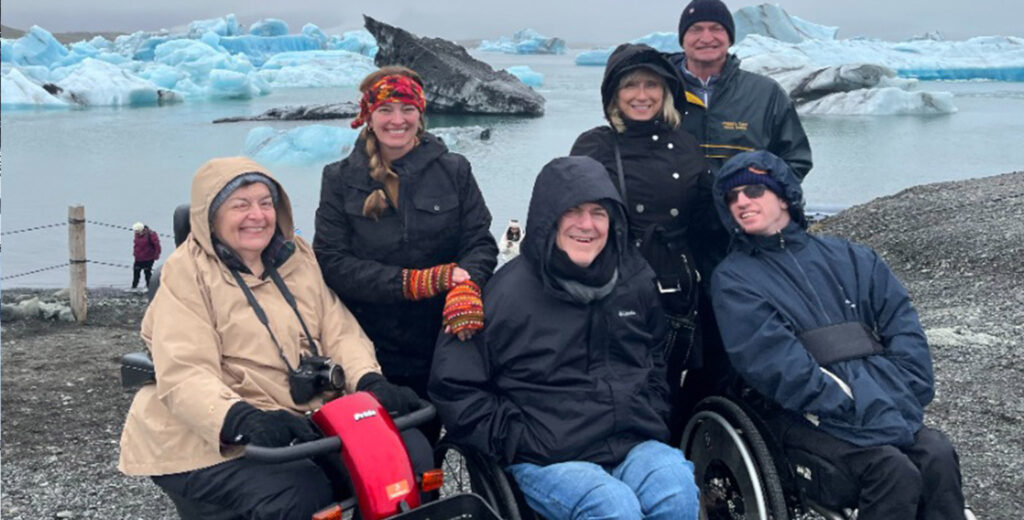Wheelchair Accessible Destinations: Inclusivity in Travel
Wheelchair Accessible Destinations: Inclusivity in Travel
Table of Contents
Travel is a passport to new cultures, ideas, and adventures. However, for millions of people with mobility challenges, it often comes with hurdles. Fortunately, more cities and attractions worldwide are embracing accessibility, ensuring wheelchair users can explore and enjoy the world without limitations. In this post, we explore why accessible destinations are essential and highlight some of the top wheelchair-accessible cities and attractions across the globe.
Why Wheelchair Accessible Destinations Are Essential
For travelers with mobility challenges, travel often presents unexpected obstacles. Wheelchair-accessible destinations play an essential role in ensuring that everyone, regardless of physical ability, can enjoy the freedom to explore the world.

Breaking Down Barriers to Travel Freedom
Wheelchair-accessible destinations remove many physical barriers travelers with disabilities face, such as inaccessible transportation, hotels, and attractions. Cities that offer smooth pavements, accessible public transport, and wheelchair-friendly accommodations transform what could be a difficult journey into an enjoyable one.
Creating a More Inclusive Tourism Industry
Accessible destinations help shift the tourism industry toward inclusivity, recognizing that all travelers, including those with disabilities, deserve the same enriching experiences. By ensuring that people of all abilities can participate in everyday activities and cultural explorations, the travel industry moves closer to true equality.
Supporting Economic and Social Change
Accessible tourism doesn’t just benefit travelers with disabilities—it generates positive economic and social impacts. Destinations with accessible infrastructure attract a broader range of tourists, including families with strollers and elderly travelers, boosting local economies while promoting inclusivity.
Common Challenges Faced by Wheelchair Users in Travel

Although accessibility is improving worldwide, wheelchair users still face significant challenges when traveling. These obstacles can range from issues with infrastructure to the lack of accessible information and services, often making travel more stressful than it should be.
1. Inconsistent Accessibility Standards
One of the biggest challenges wheelchair users face is the inconsistency in accessibility standards across different countries and even within regions. While some cities have made impressive strides, others lag behind. For example, a traveler may find fully accessible public transport in one city but encounter limited options or poorly maintained ramps in another. This inconsistency often forces travelers to carefully research each destination beforehand.
2. Limited Accessible Public Transportation
Many cities still lack fully accessible transportation systems. Wheelchair users may struggle with subways or buses that don’t have ramps, elevators, or enough space for wheelchairs. Additionally, taxis or ride-sharing services may not always have wheelchair-accessible vehicles, making it difficult to move freely in a city. Even in places where public transportation claims to be accessible, unexpected barriers like broken elevators or steep ramps can pose significant challenges.
3. Difficulty Finding Accessible Accommodations
Another major hurdle is finding truly wheelchair-accessible accommodations. Although many booking platforms allow filtering for accessible rooms, travelers often arrive to find that “accessible” accommodations don’t meet their specific needs, such as lacking roll-in showers or having stairs at the entrance. This requires extra communication with hotels and other accommodations to confirm their accessibility features, which can be time-consuming and stressful.
4. Navigating Uneven Terrain
Historic cities, nature trails, or popular tourist spots often have uneven terrain, cobblestone streets, or narrow walkways, making it difficult for wheelchair users to get around. Even in modern cities, poorly maintained sidewalks or streets can create hazards, adding physical strain to the travel experience.
5. Lack of Accessible Information
Finding detailed and accurate information about accessibility at attractions, restaurants, and tourist spots can be another challenge. Many destinations lack up-to-date information on accessibility features, forcing travelers to rely on third-party websites or reviews. This often leads to surprises, such as arriving at a museum or monument only to find that it isn’t fully accessible.
6. Inaccessible Attractions and Activities
Many famous tourist attractions are still not fully accessible to wheelchair users. Historic buildings, ancient ruins, or certain outdoor activities may not have proper ramps or lifts, limiting the experiences that wheelchair travelers can enjoy. For example, while some parts of a famous landmark may be accessible, others might not be, which restricts the full experience.
How Technology is Changing Accessible Travel

Technology is revolutionizing accessible travel, making it easier for people with disabilities to plan trips. Tools like PlaninGo offer personalized, AI-generated itineraries that cater to specific mobility needs, making travel planning easier and more inclusive for all and marking wheelchair destinations for the disabled for a better experience.
As displayed, our smart assistant tweaks and adds wheelchair-friendly spots and landmarks on the queue—just type in your requirements, and our “Atlas” makes sure everyone will enjoy the itinerary and the trip.
Top Wheelchair Accessible Destinations Worldwide
While traveling can be a challenge for wheelchair users, some cities across the globe have made significant strides in ensuring accessibility. Here’s a breakdown of wheelchair-friendly destinations by continent.
Wheelchair Accessible Destinations in Europe
- Barcelona, Spain: Barcelona excels in accessibility with wheelchair-friendly beaches and accessible public transport. Its famous landmarks, like Park Güell and La Sagrada Família, have ramps and elevators, ensuring everyone can experience its architectural marvels.
- London, UK: London offers accessible public transportation and landmarks like the British Museum and London Eye. Its vast transport network, including wheelchair-friendly buses and trains, makes navigating the city seamless for travelers with mobility needs.
- Berlin, Germany: Berlin’s accessible public spaces, such as the Berlin Wall Memorial and the Reichstag Building, offer ramps and elevators. With a well-maintained infrastructure, Berlin ensures a smooth experience for wheelchair users.
Wheelchair Accessible Destinations in North America
- New York City, USA: Known for its inclusive design, New York offers accessible public transport and landmarks such as Central Park and the Statue of Liberty. Many museums, including the Metropolitan Museum of Art, are also fully wheelchair-friendly.
- Vancouver, Canada: Consistently ranked as one of the most livable cities, Vancouver provides accessible sidewalks, public transport, and attractions like Stanley Park and the gondola at Grouse Mountain.
- Washington, D.C., USA: The U.S. capital has wheelchair-accessible public spaces, including the Smithsonian Museums and Lincoln Memorial, ensuring that travelers with mobility challenges can enjoy the city’s rich history with ease.
Wheelchair Accessible Destinations in Asia
- Tokyo, Japan: Tokyo has embraced accessibility with its modern infrastructure. Attractions like the Tokyo Skytree and Sensoji Temple offer accessible entrances, and the city’s public transport system includes elevators and ramps.
- Singapore: Known as one of the most accessible cities in Asia, Singapore offers wheelchair-friendly public transportation, smooth pedestrian pathways, and attractions like Gardens by the Bay and Marina Bay Sands.
- Seoul, South Korea: Seoul’s accessible infrastructure includes ramps and elevators at major landmarks like Gyeongbokgung Palace and Namsan Seoul Tower, making it a standout city for accessible travel.
Wheelchair Accessible Destinations in Oceania
- Sydney, Australia: Sydney offers accessible attractions like the Sydney Opera House and Bondi Beach. Its public transport system, including buses and ferries, is designed with wheelchair users in mind.
- Auckland, New Zealand: Auckland’s accessible infrastructure includes public transportation, smooth sidewalks, and attractions like the Auckland Museum and Sky Tower, making it easy for wheelchair users to explore.
Wheelchair Accessible Destinations in South America
- Buenos Aires, Argentina: The city offers accessible public transportation and attractions like Teatro Colón and Recoleta Cemetery, ensuring visitors can enjoy its cultural gems.
- Rio de Janeiro, Brazil: Rio provides wheelchair access to attractions like Copacabana Beach and Sugarloaf Mountain, making it a prime destination for accessible travel in South America.
What is the Overall Most Wheelchair-Friendly Country?

While several countries are leading the charge in accessible travel, The Netherlands stands out as one of the most wheelchair-friendly nations in the world. Amsterdam, in particular, offers accessible public transport, including wheelchair-friendly buses, trains, and even canal tours. Accessible attractions like the Van Gogh Museum and national parks with free wheelchair services make The Netherlands a top choice for travelers with mobility challenges.
Honorable Mentions

In addition to the Netherlands, countries like Singapore and Sweden are also recognized for their excellent accessibility. Singapore’s public transportation system is fully wheelchair-friendly, and Sweden offers inclusive urban design and accessible tourist spots.
Tips for Planning a Wheelchair Accessible Trip
Planning a wheelchair-accessible trip can be challenging, but with the right preparation, it’s easier than ever:
- Research your destination: Make sure your destination has accessible infrastructure, including transport, hotels, and attractions.
- Use technology to your advantage: Apps like PlaninGo can help you generate accessible itineraries tailored to your needs.
- Contact accommodations in advance: Confirm that your hotel has the features you need, such as ramps, roll-in showers, and elevators.
Conclusion: Expanding Access for All Travelers
Accessible travel is about more than just ramps and elevators; it’s about creating an inclusive world where everyone, regardless of physical ability, can experience the joy of exploration. As more destinations prioritize accessibility, the world opens to all travelers, offering enriching experiences across continents. Whether you’re
FAQs: Wheelchair Accessible Travel
Q: Which cities are the most wheelchair-friendly?
Cities like Barcelona, London, and New York City are known for their excellent accessibility.
Q: How can I find wheelchair-accessible accommodations?
Booking platforms like Booking.com and Airbnb allow you to filter results for accessible options. Always call ahead to confirm accessibility features.Q: Is public transport wheelchair accessible in most cities?
Many major cities offer wheelchair-friendly public transportation. Check local transport authorities for specific details.
Ready for an amazing stay?
Make Your Trip









